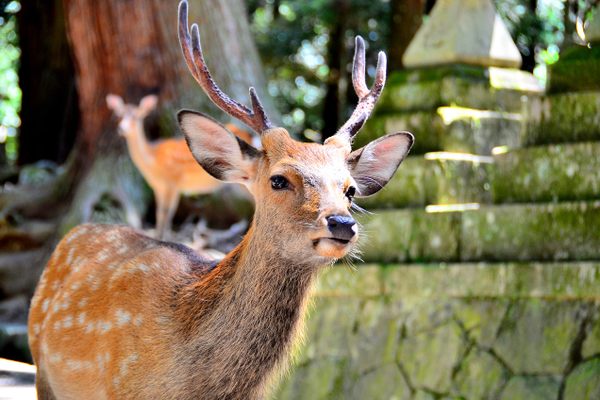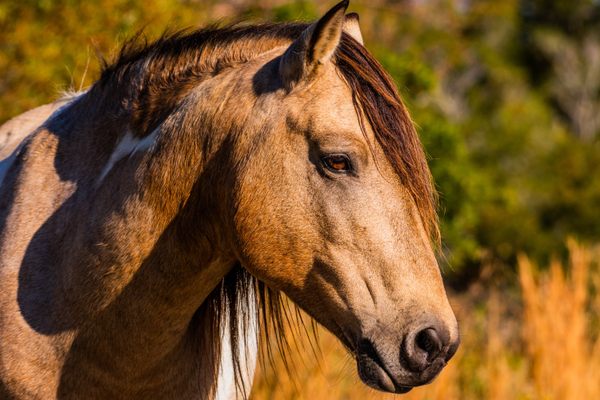Blue-Eyed Coyotes Have Been Spotted on the California Coast
The striking mutation is a bit of a mystery.

Daniel Dietrich was having a typical day at Point Reyes National Seashore in Northern California, where he works as a photographer and guide, when he photographed a coyote that had just traipsed down a hillside for a drink of water.
“I didn’t think anything of it until I noticed at my computer that her eye color was blue,” Dietrich says of the January 2018 day. “I’ve taken thousands of photographs of hundreds of coyotes and have never seen that before.”
Dietrich showed the images to some biologist friends, and they were surprised, too. After all, coyotes almost always have golden-brown eyes. Since that first photograph was taken, five blue-eyed coyotes have been documented in Northern California, National Geographic found—two in Point Reyes, and the others in Santa Cruz and Sacramento—so the trait appears to be becoming more common in the area.
Though wild canids sometimes acquire new traits from interbreeding with dogs, that does not appear to be the case here. “It’s a very interesting phenomenon and there needs to be much more research before people make wide-ranging pronouncements about what’s happening,” says University of Colorado ecologist and evolutionary biologist Marc Bekoff. The consensus so far is that the blue eyes are likely the result of a natural, if rare, genetic mutation.

How and why the trait appears to be becoming a little more common—in an admittedly small sample size—also isn’t clear. Typically, a dominant male and female coyote don’t let subordinates in the pack bear cubs, which prevents inbreeding and pushes younger members out into the world. Transient younger males forced out must establish their own packs, or find another that will accept them. This process could lead to the spread of certain traits, as coyotes might travel 70 miles or more, even in urban areas, according to David Drake, director of the Urban Canid Project at the University of Wisconsin.
Although the striking trait remains a mystery for now, Dave Press, a wildlife ecologist at the Point Reyes National Seashore, sees the discovery as an example of the evolutionary possibilities offered by preserved landscapes. “The National Parks are like living laboratories,” he says, “and you never know what you might find if you look closely enough.”


















Follow us on Twitter to get the latest on the world's hidden wonders.
Like us on Facebook to get the latest on the world's hidden wonders.
Follow us on Twitter Like us on Facebook